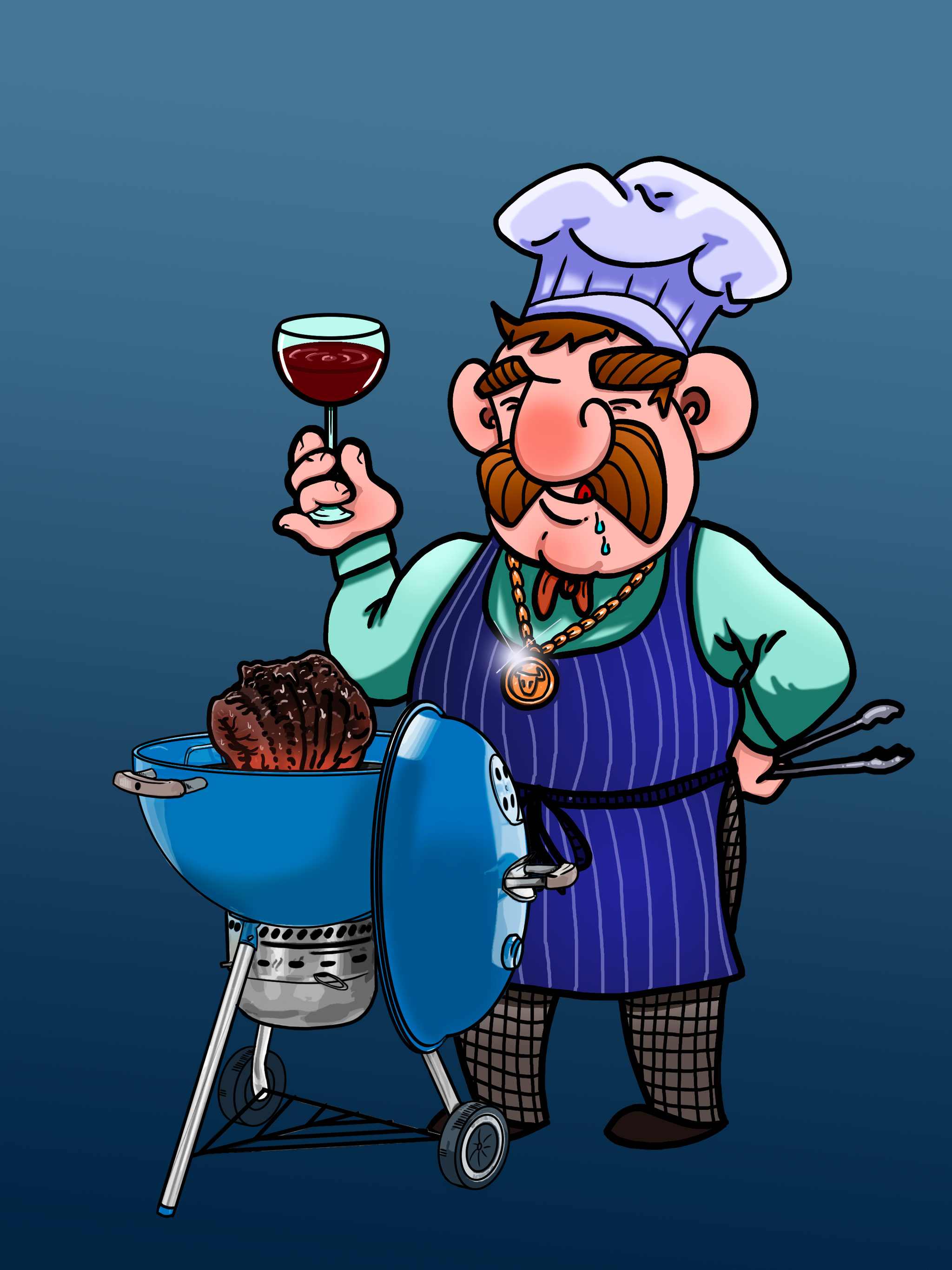Steak plays a significant role in various cultures, symbolizing more than just a piece of cooked meat; it’s an emblem of tradition and a testament to culinary evolution. Throughout history, the preparation and consumption of steak have been influenced by local customs, available resources, and historical events. The term itself can be traced back to Norse culture, where the word “steak” initially meant meat roasted on a spit. As cattle breeding progressed and gastronomy advanced, steak became a cornerstone in many diets, evolving in preparation techniques and cultural significance across the globe.
The role of steak in a society mimics its culinary journey—diverse, sophisticated, and rich in variety. Distinct cooking methods, from grilling over open flames to pan-searing and oven-finishing, have become signature traditions in different regions. Not solely a Western delight, the appreciation for steak cuts across continents, with countries adapting the dish to their unique flavor profiles and dining rituals.
Key Takeaways
- Steak represents a blend of tradition and culinary innovation, with roots in Norse cooking methods.
- Its preparation is deeply embedded in culture, often reflecting a region’s history and resources.
- Today, steak is a global phenomenon, celebrated for its versatility and role in fine dining.
Historical Significance of Steak
Steak is not just a culinary staple but a significant cultural marker that reflects the historical affluence and culinary practices of a society.
Origins and Evolution
Steak has its roots in ancient history, with evidence suggesting that the Roman elite enjoyed various beef dishes. It is also tied to the Scandinavian tradition of roasting meat on a spit, a technique integral to the evolution of steak preparation. By the 19th century, steak transitioned from a luxury to a widely accessible food item, marking a significant shift in its cultural and economic impact.
Regional Variations
Every region has left its mark on how steak is enjoyed. For example, the Argentinian asado is renowned for its open-fire grilling method, while the Japanese Kobe beef highlights the effect of localized cattle breeding on flavor and texture. These regional practices contribute to the diverse steak traditions across the globe.
Steak in Popular Culture
The prominence of steak in popular culture is undeniable. Film and literature often use steak as a symbol of indulgence or socio-economic status. Additionally, steak-centric restaurants and their portrayal in media underscore its entrenched role in culinary traditions worldwide.
Culinary Aspects of Steak
The artistry in steak preparation and presentation plays a crucial role in its global culinary status. A harmony of technique, seasoning, and complementary sides can elevate this simple piece of meat to a gastronomic delight.
Preparation Techniques
Steak preparation begins with choosing the right cut, such as ribeye, sirloin, or filet mignon. Each cut has a unique texture and flavor profile, influencing how it should be prepared.
- Ribeye: Best when grilled or pan-seared for a rich, tender bite.
- Sirloin: Ideal for broiling or sautéing, offering a balance of tenderness and flavor.
- Filet Mignon: Delicate enough for a quick sear, capturing its mildly beefy taste.
Cooking Styles
Cooking steak is an art form, requiring a mastery of heat and timing. The degree to how well-done a steak is cooked significantly affects its taste and texture.
- Rare: A warm, red center with a soft and juicy texture.
- Medium Rare: Warm, with a mainly pink interior and slightly firmer texture.
- Well-Done: Cooked throughout, offering a firmer, less juicy eating experience.
Marination and Seasoning
Marination and seasoning are vital in enhancing the inherent flavors of steak. A mix of herbs, spices, and acids can tenderize and enrich the meat.
- Dry Rubs: A blend of salt, pepper, garlic powder, and other spices, pressed onto the steak’s surface.
- Marinades: A liquid mixture, often containing oil, vinegar, herbs, and spices, in which the steak is soaked to impart flavor and tenderness.
Accompaniments and Side Dishes
Complementing a steak with the right sides can create a complete and balanced meal. Classic pairings include:
- Vegetables: Grilled asparagus, sautéed mushrooms, or creamed spinach.
- Starches: Garlic mashed potatoes, baked potatoes, or hand-cut fries.
- Sauces: Peppercorn sauce, béarnaise, or a pat of herbed butter melting on top of the steak.

